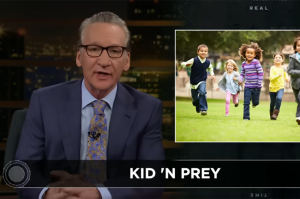FAA Expands Ban on Drones With New List of U.S. Nuclear Research Labs
The FAA has banned drones within a perimeter around the Statue of Liberty, Mount Rushmore and, now, major U.S. nuclear research facilities. The agency has expanded the list of no-drone zones to cover seven lab sites across the U.S.
It's the agency's response to a request by the Department of Energy to register seven of their important nuclear research sites as drone ban areas. Starting Friday, Dec. 29, drones are no longer allowed within 400 feet of these labs, as Engadget listed them.
The new no-drone zones now cover the Hanford Site in Franklin County Washington, Pantex Site in Panhandle Texas, and the famous Los Alamos National Laboratory in New Mexico.
Also included are the Idaho National Laboratory, Savannah River National Laboratory in Aiken South Carolina, Y-12 National Security Site in Oak Ridge Tennessee and Oak Ridge National Laboratory.
Like the earlier drone ban around a few major U.S. landmarks, the FAA will allow exceptions, especially for authorized personnel that need drones to conduct inspections in these areas. Unlike the historical landmarks, some of these labs are no longer operational.
UAV enthusiast who will insist on flying their gadgets within 400 feet of these areas need to reconsider since the agency will subject them to civil and criminal penalties. The FAA has not revealed the DOE's reason for their request.
Earlier this year, ten landmark sites under the supervision of the Department of Interior was placed under no-drone zones, starting Oct. 5. These include the Statue of Liberty in New York, the U.S.S. Constitution and surrounding Boston National Historical Park in Massachusetts, the Hoover Dam in Nevada; and the Jefferson National Expansion Memorial in Montana.
The no-drone zones could still widen, as the agency is still considering more requests from other federal agencies. Just to be sure, UAV fliers can check if their flight paths intrude on these zones using the FAA's B4UFLY app.




























